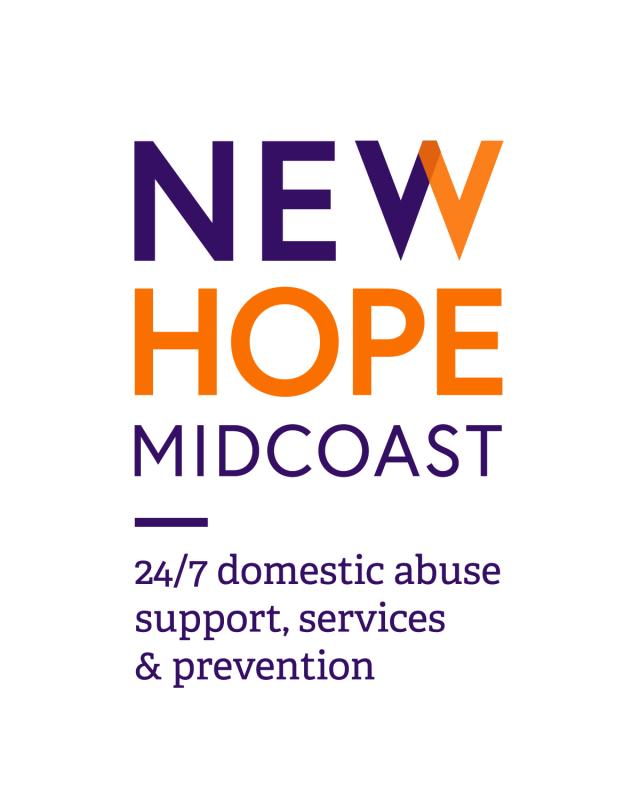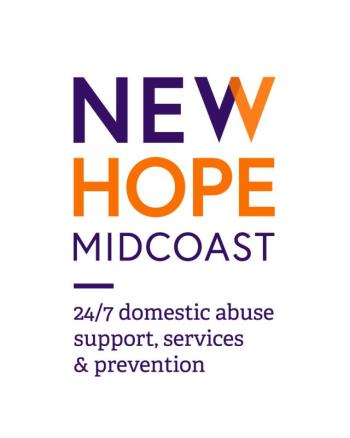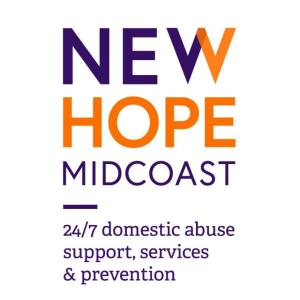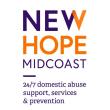Safety planning with survivors of domestic abuse
Domestic violence advocates talk a lot about safety planning. It is something we engage in on a daily basis on the job, whether we are staffing the helpline, at the courthouse with survivors, or collaborating with law enforcement and other community partners to help victims stay safe. Generally, safety planning means discussing with a survivor ways to stay safe from someone who has intimate knowledge of their life, habits, schedule, and most importantly, their particular vulnerabilities.
Safety planning is like that app on your phone—maybe Facebook or email—–that is always open. No matter what else is happening, you’re never fully disengaged from it.
Unfortunately, there is no universal checklist or template that advocates can apply when safety planning. While there are certainly common themes and typical abuse tactics and behaviors, every situation is unique to the people involved. We must gain a thorough understanding through listening and asking a lot of questions.
Are they chronically ill? Disabled? Someone with a complicated immigration status? Do they have access to money not tightly controlled by the abuser? Are there guns in the house? (According to Maine's Domestic Violence Homicide Review Panel, about 40% of domestic violence homicide perpetrators use a firearm to kill their victim.) Has the abuser ever strangled the victim or threatened to kill the victim or themself? (Once a person has strangled their intimate partner, the chance that they will eventually kill them increases by a staggering 750%.) Are there children involved? Do they have family, friends or co-workers nearby who they could turn to for shelter or other help?
It is important to understand what each survivor wants and needs from us. Not everyone wants, or has the wherewithal, to leave. Human relationships are complicated.
We face a barrage of powerful, often conflicting, messages about love, romance, power, gender and sex. Many of the most familiar tropes in movies, music, and fiction frame stalking as romantic pursuit, sexual jealousy as a by-product of intense love, and domination as masculine protection.
Some victims tell us that they still love their partners–they just want the abuse to stop. If it is not feasible for a victim to leave–for whatever reason–we will support them and help them stay safe while they remain in the relationship or household where the abuse has happened.
As advocates for victims and survivors, we work from a stance of empowerment rather than “rescuing.” Because of this we don’t send the message that we will fix everything. Instead, we partner with survivors to help them achieve the level of independence or disentanglement they choose. We help them operationalize the knowledge and strength they have already developed.
Nuts and bolts of safety planning include:
- Providing victims with a safe phone
- Getting a protection order
- Going to the hospital with victims
- Providing emergency shelter and/or temporary safe housing
- Working with law enforcement to install cameras at a residence
- Practicing technology safety to avoid being surveilled
- Getting reproductive healthcare, including abortion
- Preparing and stashing a “go-bag” (money, legal papers, medications, clean clothes)
- Obtaining a “safe” mailing address through the state of Maine
Even when survivors are ready, leaving is anything but simple. Seventy-five percent of domestic violence homicides occur when the victim tries to leave, or soon after leaving.
According to the Massachusetts organization RESPOND, it takes an average of seven attempts to leave an abuser and stay separated for good. During that time, our main concern is helping the survivor stay safe and plan for the short term. We don’t rush them into big decisions. They need time and space to come to terms with life changes that will impact them and their children, sometimes in harsh and negative ways.
Sometimes friends and family ask, “Why don’t they just leave?”
Leaving can be dangerous, difficult and depressing. Victims worry, with good reason: Where and how will I live? How will I co-parent with my abuser? What will happen to my pets if I have to flee? What if I end up homeless?
One way to understand is to try to imagine yourself in an unfamiliar hotel room, perhaps alone, or maybe with traumatized children who can’t sleep. You have little or no money and are haunted by the knowledge that your abuser could show up at any moment wanting to punish you for leaving, or that they are canvassing your friends and family, trying to find out where you are. They might even have planted a tracker on your phone or vehicle.
This is the reality for many survivors. This is why we explore every option and potential scenario with our clients and offer our support without any judgment. We recognize that every survivor knows their situation, and their abuser, better than we ever could.
Safety planning is not a one-time activity, but rather an ongoing process in which we help clients assess risk, adapt, and move forward. No person should have to go to such extremes to live in freedom and safety, but for those that find themselves in this situation, New Hope Midcoast is here. To talk to someone about safety planning, call our 24-hour Helpline at 1-800-522-3304.
Hillary Waterman is the New Hope Midcoast Community Prevention Educator

























